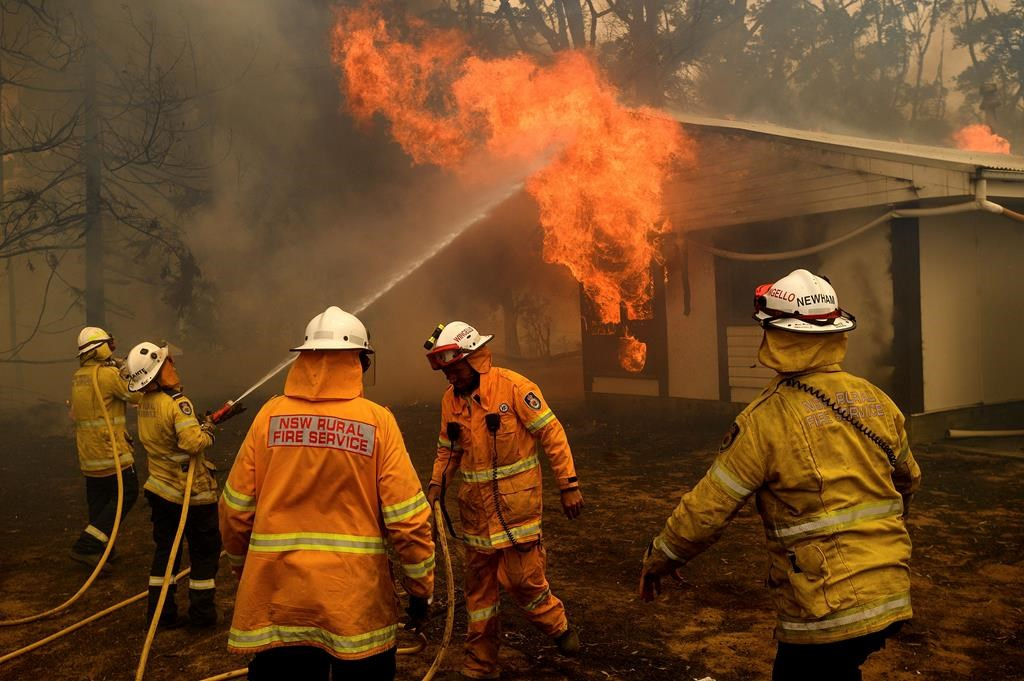Support strong Canadian climate journalism for 2025
Australia sweltered through its fourth-hottest year on record last year despite the recent return of the usually cooling La Nina climate pattern, the nation’s weather bureau said on Friday.
The wetter-than-average 2020 followed Australia’s hottest and driest year in 2019 that came to a catastrophic conclusion with wildfires fueled by drought that killed at least 33 people, destroyed more than 3,000 homes and razed 19 million hectares (47 million acres).
Globally, 2020 is likely to be recognized as the world’s third-hottest on record once climate data for December is calculated, Bureau of Meteorology head of climate operations Andrew Watkins said.
La Nina, the cooler flipside of the better known El Nino, was declared in the Pacific Ocean in September. La Nina occurs when equatorial trade winds become stronger, changing ocean surface currents and drawing up cooler deep water.
Waikins said the La Nina cycle usually sets in between March and May, but the weather pattern did not impact Australia’s temperatures until October.
“You could say that the fourth-warmest year on record is our warmest La Nina year,” Watkins said.
“But this year started very hot and dry and ended more like La Nina. So it’s arguable whether you’d say it was really influenced for enough of the year to expect it to be cooler,” he added.
The hottest temperature in Australia for 2020 was 48.9 degrees Celsius (120 degrees Fahrenheit) recorded at the height of the wildfire emergency at Penrith in New South Wales state on Jan. 4. It was the hottest temperature ever recorded in the Sydney area.
Australia’s other hottest years were 2013 and 2005.
Australia’s daily temperature was 1.15 degrees Celsius (2.07 degrees Fahrenheit) above average last year and rainfall was 4% above average despite a parched start to the year.





Comments